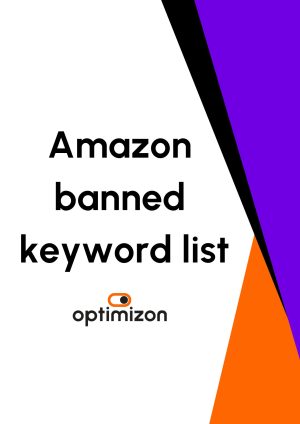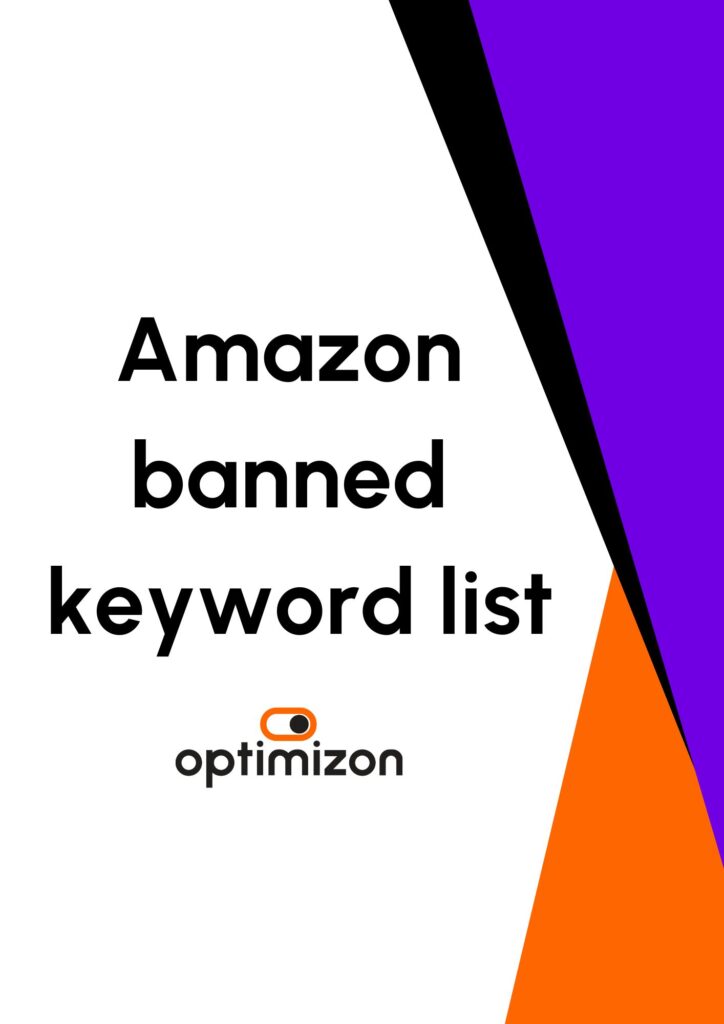What are Amazon chargeback fees? Read our full guide to Amazon Vendor Chargeback Fees and how to dispute them…
It’s the world’s largest online retailer, so it’s no surprise Amazon has multiple regulations for its sellers.
As well as to protect its millions of buyers, these guidelines are put in place to help streamline its complaints process too.
Sellers who go against these rules can expect to incur fees – called vendor chargebacks.
So what are these charges? Why are they issued? And how can you contest them?
Here, Amazon Expert James Pitts-Drake (CEO and founder of Optimizon) discusses Amazon vendor chargeback fees, and how to dispute them.
What are Amazon chargeback fees?
In a nutshell: they’re something you’ll want to avoid!
Chargebacks are fees imposed to Amazon Vendors who do not follow the site’s guidelines. They can be quite hefty too, eating away at your profit margin.
When you sell through Amazon, the transaction goes directly to the site. So when there’s a chargeback (requested by the buyer via their bank), they’ll know about it first.
It could be for a number of reasons, including discrepancies resulting from unauthorised orders, shipping, receiving, packaging and data misalignment.
Or – and it’s always worth triple checking as this happens a lot – the chargeback fee could have been issued by mistake.
So, if you’ve broken the site’s rules and restrictions, Amazon could incur an unexpected cost. Amazon will then pass this back on to sellers. Amazon is basically charging you for non-compliance.
It’s vital for sellers to know how chargeback fees can affect them, where to look for them, what to do with them. Most importantly, how to dispute them. Otherwise you could see your earnings shrink.
How much are Amazon chargeback fees?
For bigger vendors, Amazon chargebacks can be costly. In fact, you could be paying to the tune of £3,000 a month in these fees. Not an amount to be sniffed at.
The good news is you can dispute these fees. The not-so-good news is that you’ll have to pay more to do so (Amazon charges a £14 dispute handling fee, refunded if all is found to be OK). However, it could save you a chunk of money, so will be worth it in the end.
How will I know if I’ve been issued a chargeback?
You’ll receive a chargeback notification, then you’ll need to let Amazon know whether you accept it, or whether you plan on disputing it.
But make up your mind quickly. Especially if you’re going to contest it.
You have 11 days from receiving the notification to notify Amazon Pay if you’re going to accept the chargeback fee, and the chargeback fee will be deducted.
Likewise, if you fail to respond within that time frame, it defaults to the above, and you’ll still be charged.
How do I dispute Amazon chargebacks?
If, after receiving a chargeback notification, you decide it’s been wrongfully issued, you can contest it. However, you’ll need proof to back up your point of view.
You’ll need to send the supporting documentation (as much as possible) to the email sent by Amazon Pay.
As a minimum, as the Amazon vendor, you’ll need to supply the transaction status, a description of the product or service, and proof the item was received by the cardholder.
There’s also plenty of supporting material you could send. This includes order confirmation emails, tracking numbers and any customer communication records.
It then takes 90 days (sometimes more) for a final decision to be made. This is in the hands of the bank, rather than Amazon.
In some cases, if it’s a small amount, it’s wise for sellers to weigh up the cost of disputing a fee against the time it will take to contest it.
How can I manage chargeback fees?
As an Amazon seller, chargeback fees are something you’ll want, and need, to remain on top of.
Knowledge is power, so make sure you read up on various types of chargeback fees. As a result you’ll know exactly how to avoid them.
Do a weekly check to ensure you don’t miss any chargeback notifications or deadlines if you want to dispute a chargeback claim.
Look at how you deal with your inventory; streamlining the process of sending your products to Amazon could make a huge impact.
Enlist the help of a chargeback specialists. They can perform an account audit. This could be the way to go for bigger vendors who are facing thousands in fees.
Takeaways
Amazon vendor chargebacks are fees passed on to sellers for potentially breaking Amazon’s rules.
There are a number of reasons why a buyer could have raised a chargeback request. These include non-delivery of an order.
Keep on top of your chargeback fee notifications, as larger sellers could end up paying thousands in fees every month.
If you’re going to dispute the fee request, act quickly. You’ll need plenty of documentation too.
Alternatively, you could hire someone to keep on top of this for you, and it could result in saving thousands in charges.

If you would like assistance with managing your Amazon Vendor Chargeback Fees, or any other Amazon Management related issue, please get in touch with the Optimizon team. Our experts will be happy to help and answer any specific queries you might have about selling on Amazon.





